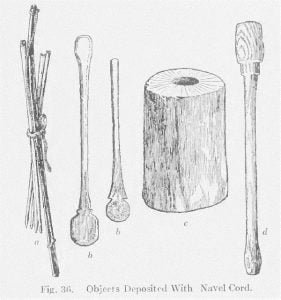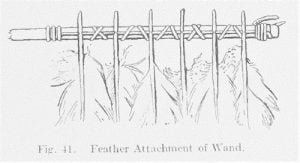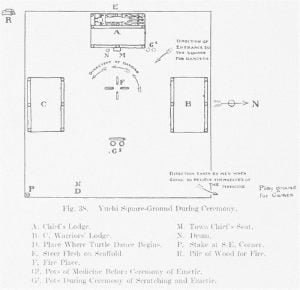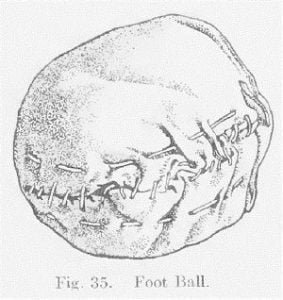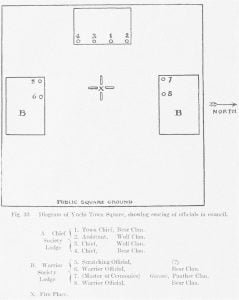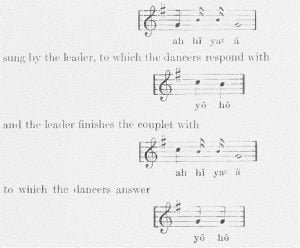Yuchi Language
My original purpose in visiting the Yuchi was to collect linguistic matter, which is now being worked up for special purposes in the interest of the Bureau of Ethnology. Although the detailed results of my linguistic studies are not available for the present paper it will be of advantage to introduce here a general statement regarding some characteristics of the language. It is quite certain now that Yuchi is spoken in only one dialect, although there is a current opinion that formerly the stock was more numerous than it is at present and that the language was spoken in two … Read more


